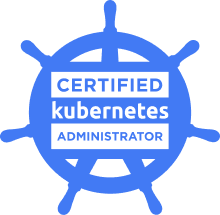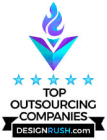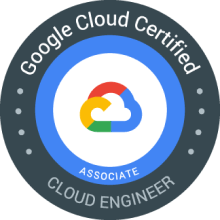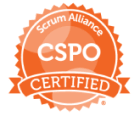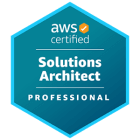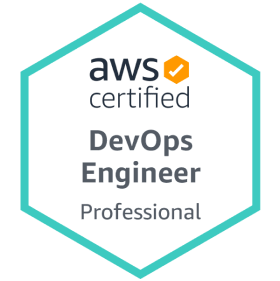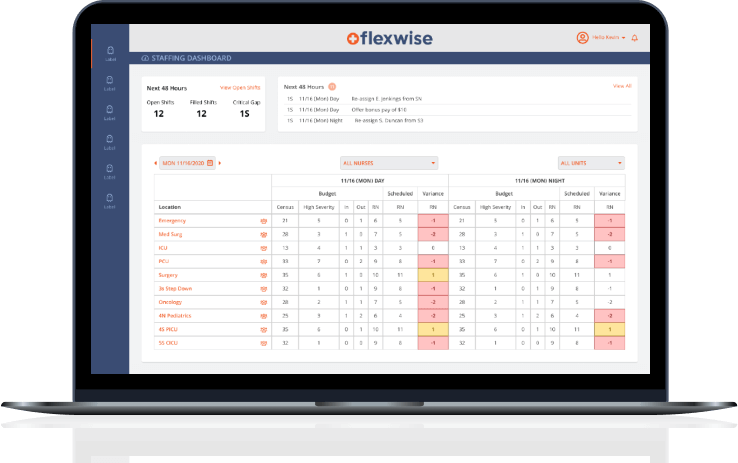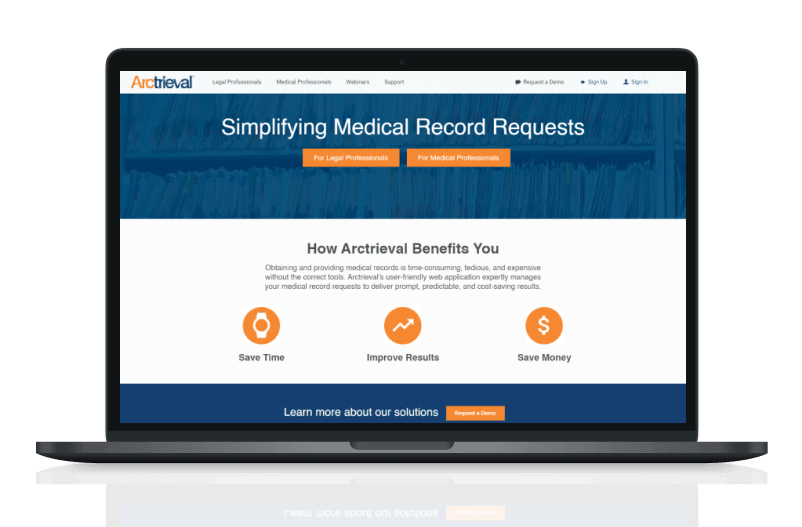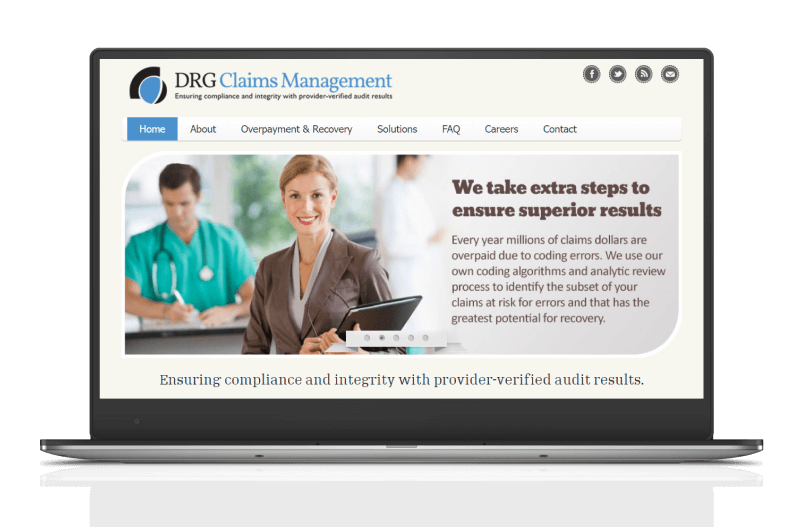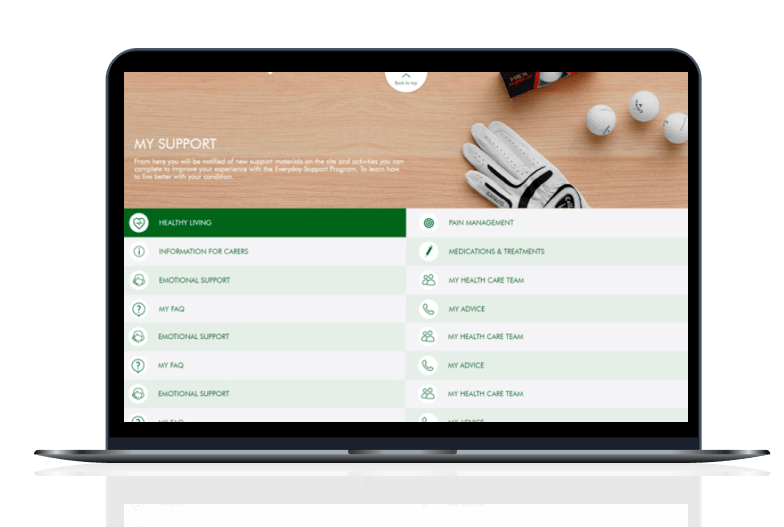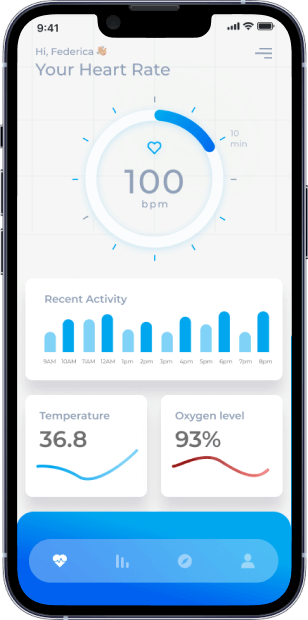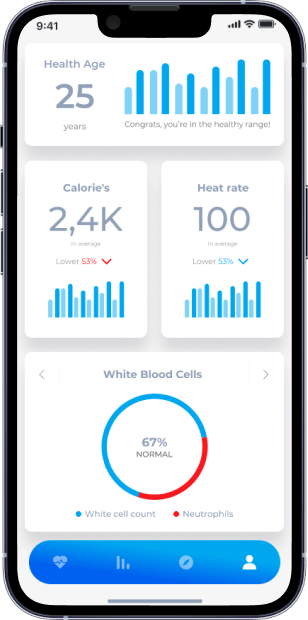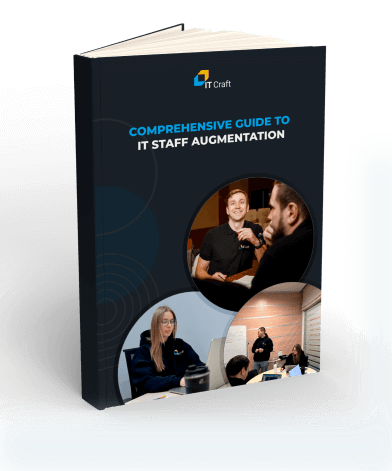Custom Healthcare Software Development Services
Provide tomorrow’s HealthTech solutions to patients today. Play a vital role in the digital transformation of healthcare. Improve patient well-being and treatment processes.
Why Choose IT Craft Healthcare Software Development Company?
Here is what IT Craft can do for doctors, patients, hospital administration, insurance companies—for YOU
Apps for doctors
- Patient management
- AI-based diagnostics
- Reminders
- Referencing solutions
Healthcare apps for patients
- Telemedicine
- Navigation solutions
- Electronic appointment systems
- Health condition
- Reminders
- Solutions for a healthy lifestyle
Medical apps
for hospital administration
- Clinical management
- Data collection and processing
- Referencing
- Release of health records
- Emergency alerts
Apps for insurance companies
- Secure data exchange solutions
- Reimbursement solutions
Our Healthcare Software Development Services
Are you looking for HIPAA-compliant team?
Let's build secure, comprehensive and intuitive healthcare product together.
Contact usOur Cases
Our clients' success stories.
We love to hear what they say about us.
Stories of people impressed by our service offerings
Healthcare product development made easy with us!
Are you looking for a dependable medical software development company?
Contact us
Key features of healthcare apps
It is important to determine the best feature list for your app.
Features help you stand above your competition.
The list of basic features includes:
Our Medical Software Development Company Process
Benefits of Custom Healthcare Software Development Services
Security
App security is our top priority for our custom healthcare software development services. Build trust with your users by ensuring the utmost protection for both your patients and your organization.
We design secure architecture, introduce best practices for app integrity, zero-trust approach to software infrastructure, and more.
Going extra mile
Your long-term success is our commitment. IT Craft provides you with proactive services. Our team always suggests optimized feature implementations or product improvements.
It also helps you analyze competing products. We prepare a prototype, demo version, or presentation for your stakeholders to save you time.
Proven expertise
Our team focuses on boosting your project development. Our developers focus on both the short- and long-term value of the produced source code. They help you reach the best balance between costs and deliverables.
We organize fast-paced feature deliveries, which are needed to react to user feedback fast and ship ready products even quicker.
HIPAA/GDPR compliance
Our medical software development services focus on maintaining specific local and international regulations in sensitive data exchange and storage, such as HIPPA and GDPR.
Our team does its best to minimize the risks of data breaches, possible legal consequences, and reputational damages.
questions from our clients
Healthcare solutions vary greatly, requiring specific medical software development services. Any software used for well-being, patient monitoring and treatment, and health data processing belong to healthcare software.
A few examples:
CareAware Connect – support and maintain teamwork. Patient information is available from one central device for clinic staff.
mClinic – manage appointments by providing tools for scheduling, prescription management, payments, etc.
IsabelPro – match symptoms and test results to diseases.
Medisafe – a ‘virtual’ pillbox alerting users each time they must take medicine.
Aetna Health app – let users manage their healthcare plans on the go, find doctors, compare costs, etc.
Healthcare providers benefit from multiple software. The most common types of healthcare apps include:
- Appointment management software
- Health records and patient data management software
- Telehealth apps
- AI-based analytical tools
- IoT devices for remote monitoring
- Data administration and management systems
- AR/VR apps for learning and education
Yes, our healthcare software development company can develop any of the above for you.
Yes. As a reliable custom healthcare software development company, we sign an NDA before any discussion starts. We ensure your idea of a healthcare app remains secure.
Security is the top priority of the provided medical software development services.
We are acutely aware that security is crucial for healthcare software development. Our system administrators apply best practices to protect software from unauthorized access and continuously monitor its state. Only assigned developers have access to a project through protected permission.
We apply HIPAA rules to our healthcare software development services. If your company has already implemented best practices for your healthcare projects, we are happy to apply them too.
We can extend the same restrictions and policies you use internally in the dedicated team.
IT Craft has teams specializing in different technologies. We choose tech stack based on scope of work and desired platform.
Here is a very short list:
- .NET
- Kotlin
- Node.js
- JavaScript
- Swift
- LAMP
- Docker
- Amazon Web Services
If you do not see your target platform on the list, please contact our healthcare software development company to find out if we can help you.
It depends. Before we start, we conduct a code review for your healthcare application. When the code quality is high, we are happy to proceed with further healthcare software development services.
However, in some cases, it is worth starting anew to avoid critical bugs and ensure software consistency.
We have weekly or daily Zoom and Skype calls between the client and the PM/lead developers. Frequency depends on the scope, timeline, and complexity.
We use different management software (Jira, Confluence, Asana, and more) to track project progress and time expenditure. We use Slack for internal messaging. If there is any software you want to use on the healthcare project, our healthcare software development company can apply it to our workflow.






